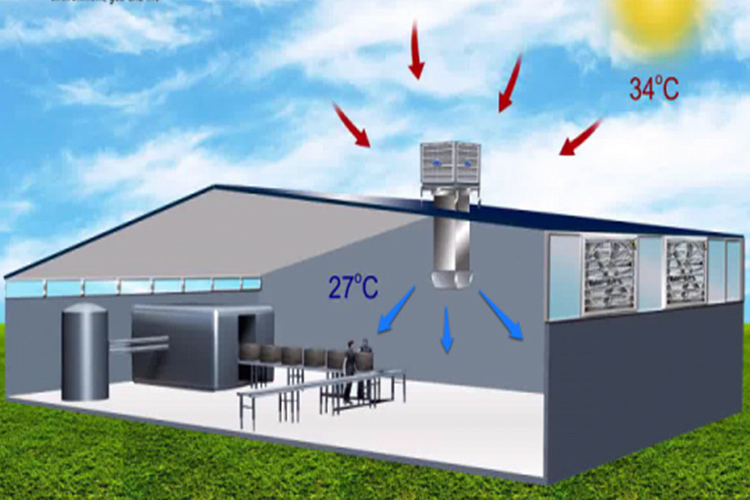Howdy, Stranger!
It looks like you're new here. If you want to get involved, click one of these buttons!
Categories
A Starter's Guide to Cooling Towers
in Bugs
May very well not realize it, but no doubt you've seen a couple of cooling towers in your time, of course, if you do have a TV, you're most probably to get seen them from the opening credits from the Simpsons; they may be the two, tall and chunky grey structures that define Springfield's Nuclear Power Plant. But besides from being an image on the colourful cartoon horizon, real world cooling towers are crucial aspects of any power station, and are also a standard site with a number of other buildings and structures.

These towers can differ in size, with respect to the size of the dwelling, along with the sort of work being sustained inside. Some towers have been really small, and can even be referred to as roof-top units, to larger rectangular units that may be over 40 metres tall and 80 metres long to the extremely large, curved structures that can be over 100 metres tall and 100 meters wide. Actually, the world's biggest cooling tower will be the tower on the Niederaussem Power Station in Germany, which stands with an amazing 200 metres tall.
There's also various sorts of towers can be found, and also the kind of tower is dependent upon the work it must do. For instance, HVAC (heating, ventilating and air cooling) cooling towers can be a subcategory from the original cooling tower, which are useful for taking heat coming from a chiller, or perhaps a machine that removes heat from the liquid via a vapour-compression cycle.
Industrial cooling towers, are, however, a totally different kettle of fish, and these towers are widely-used to remove heat from various sources throughout the building, such as machinery, or heated process material. The primary utilization of these large towers, that happen to be usually purchased at power stations and factories, is usually to eliminate the heat that is absorbed into the circulating cooling water systems. Without investion, a typical power plant or refinery would need to use 100,000 cubic metres water 1 hour, which would then should be continuously returned to a local river or lake, in order that it couldn't survive the beneficial to our environment option.
For more details about lam mat nha xuong explore our site